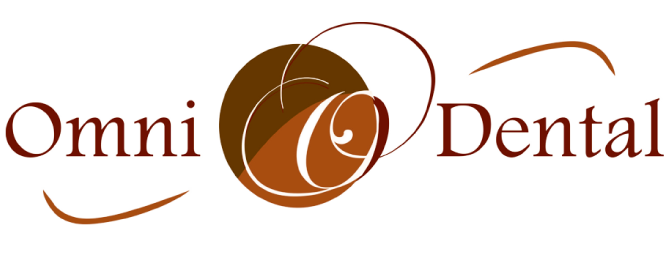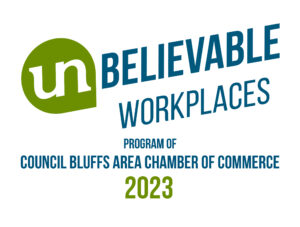Root Canal Myths: Busted
HAVE YOU EVER HEARD someone begin a sentence “I’d rather have a root canal than…”? The negative portrayal of root canal treatment in our culture isn’t just a cliché; it’s a myth! That’s why we’re using this post to knock down some of the most common root canal myths out there.
Myth 1: “Root Canal Treatment Is Painful”
Many adults struggle with dental anxiety. The prospect of going to the dentist may fill them with dread, even for a simple cleaning appointment, so we understand why a patient might expect something horrible and painful when they get the news that they need root canal treatment. However, thanks to modern technology and anesthetics, root canal treatment can be performed quickly and comfortably. The best part is that the pain of your infected tooth will be gone!
Myth 2: “If My Tooth Doesn’t Hurt, I Don’t Need Root Canal Treatment”
A common assumption people make is that if their teeth don’t hurt, they’re healthy. This isn’t always true. In some cases, the tooth may already have died, but it still needs root canal therapy to prevent a dangerous infection.
Myth 3: “Root Canal Treatment Is Only A Temporary Fix”
Some patients are skeptical of root canal treatment because they think the benefits won’t last very long. This is not true. A tooth does become brittle after root canal treatment, and the grinding forces from chewing and talking may cause the crown on the tooth to break, but this is only a problem with the restoration, not the root canal itself.
Myth 4: “It’s Better to Just Pull The Tooth”
It might technically be easier to yank a problem tooth than to carefully remove infected pulp, fill in the root, and place a new crown, but that doesn’t mean it’s better. Our natural teeth are nearly always preferable to any kind of false teeth. They look and work better, while an extracted tooth may result in future problems for the surrounding teeth, in addition to a lengthy replacement process.
To learn about the steps of root canal treatment, check out this video:
https://www.youtube.com/watch?v=o_Tb2Muk6SM
The Root Canal Reality
The truth is that root canal therapy is a great way to save a tooth, and modern dentistry has made the process comfortable and pain-free. If you’ve been avoiding root canal treatment because of one of these myths, do the best thing for your tooth and schedule a dental appointment today!
We love our patients’ healthy smiles!
Top image used under CC0 Public Domain license. Image cropped and modified from original.
The content on this blog is not intended to be a substitute for professional medical advice, diagnosis, or treatment. Always seek the advice of qualified health providers with questions you may have regarding medical conditions.




